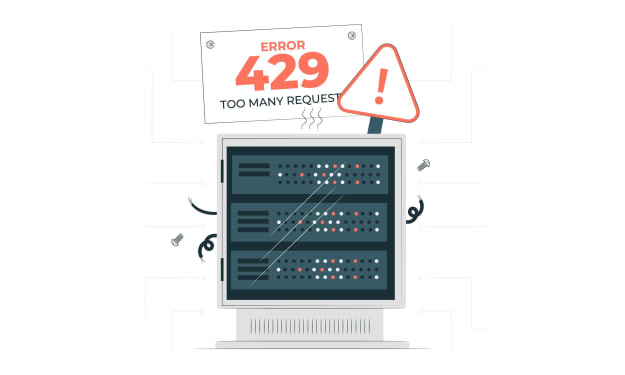HTTP 302: Understanding the Purpose and Impact of Temporary Redirection
Learn about HTTP 302, the status code for temporary redirections that keeps people interested and search engines updated. To achieve successful SEO and a flawless browsing experience, learn how to execute it.

You may have come across HTTP status codes while surfing the internet, such as 404 for a website that couldn't be located or 200 for a successful request. The HTTP 302 status code, which denotes temporary redirection, is another significant one. In this post, we shall explore the idea of HTTP 302, its importance, and how it affects users and search engines.
What is HTTP 302?
Hypertext Transfer Protocol, or HTTP, is the Web's primary method of communication. The HTTP 302 status code, sometimes referred to as "found" or "moved temporarily," tells the browser that the requested resource has been momentarily relocated to a new location. Webmasters may temporarily reroute visitors and search engines to another URL without permanently changing the original URL by using this technique.
Understanding the Purpose of HTTP 302
Providing a smooth user experience during website modifications is the main goal of HTTP 302. For instance, a webmaster may utilize HTTP 302 to refer viewers to a temporary holding page or another area of the website if a webpage is undergoing maintenance or is momentarily inaccessible. Users are given pertinent information or other alternatives, which helps eliminate annoying error messages.
The Impact of HTTP 302 on Users
A user's browser immediately reroutes them to the temporary location specified in the response headers when they receive an HTTP 302 status code. A user may not even be aware that the redirection is happening if it occurs rapidly. However, if the interim destination is unrelated to the user's original goal or if a redirection loop happens, users may get perplexed.
Webmasters should make sure the interim destination gives appropriate alternatives or provides relevant information connected to the user's goal in order to reduce the likelihood of misunderstanding. Additionally, consumers may be made aware of the transitory nature of the redirection through open dialogue and clear messaging.
The Impact of HTTP 302 on Search Engines
In the process of indexing and ranking online pages, search engines are essential. An HTTP 302 status code is interpreted as a temporary redirection by search engine crawlers. As a result, they make the appropriate changes to their index, linking the temporary destination and the rerouted URL.
It's vital to remember that HTTP 302 temporary redirection may have effects on SEO. Search engines may not transfer the ranking and authority signals from the original URL to the temporary destination. Webmasters should thus carefully evaluate the effect of utilizing HTTP 302 on search engine visibility and take the necessary steps to achieve a seamless transition without degrading the performance of their website's organic search while using HTTP 302.
Best Practices for Implementing HTTP 302 Redirection
When using HTTP 302 redirection, it is advised to adhere to the following best practices to provide a wonderful user experience and minimize any adverse SEO effects:
Use Temporary Redirection Wisely
Only when a temporary redirection is required can HTTP 302 be utilized. HTTP 301 (permanent redirection) is a better choice for transfers that must be permanent. Selecting the appropriate status code enables search engines to interpret the redirection's intended goal and modify its indexing appropriately.
Provide Clear Messaging
It is essential to convey the transient nature of the redirection to users when they receive an HTTP 302 redirect. Confusion and annoyance among users may be avoided with clear messages and appropriate signals.
Maintain Consistency
Make sure the material is relevant to the user's original goal if you want to employ temporary redirection. User discontent may result from discrepancies between the original request and the interim destination.
Conclusion
In website administration, HTTP 302 is important because it offers a mechanism to temporarily reroute visitors and search engines to a different URL. Webmasters may improve the user experience during site updates or brief outages by comprehending their objectives and properly executing them. Always use temporary redirection with caution, be transparent when communicating with people, and take into account how it may affect search engine visibility.





Comments
There are no comments for this story
Be the first to respond and start the conversation.